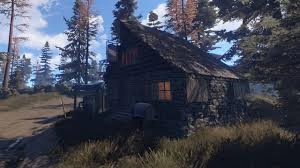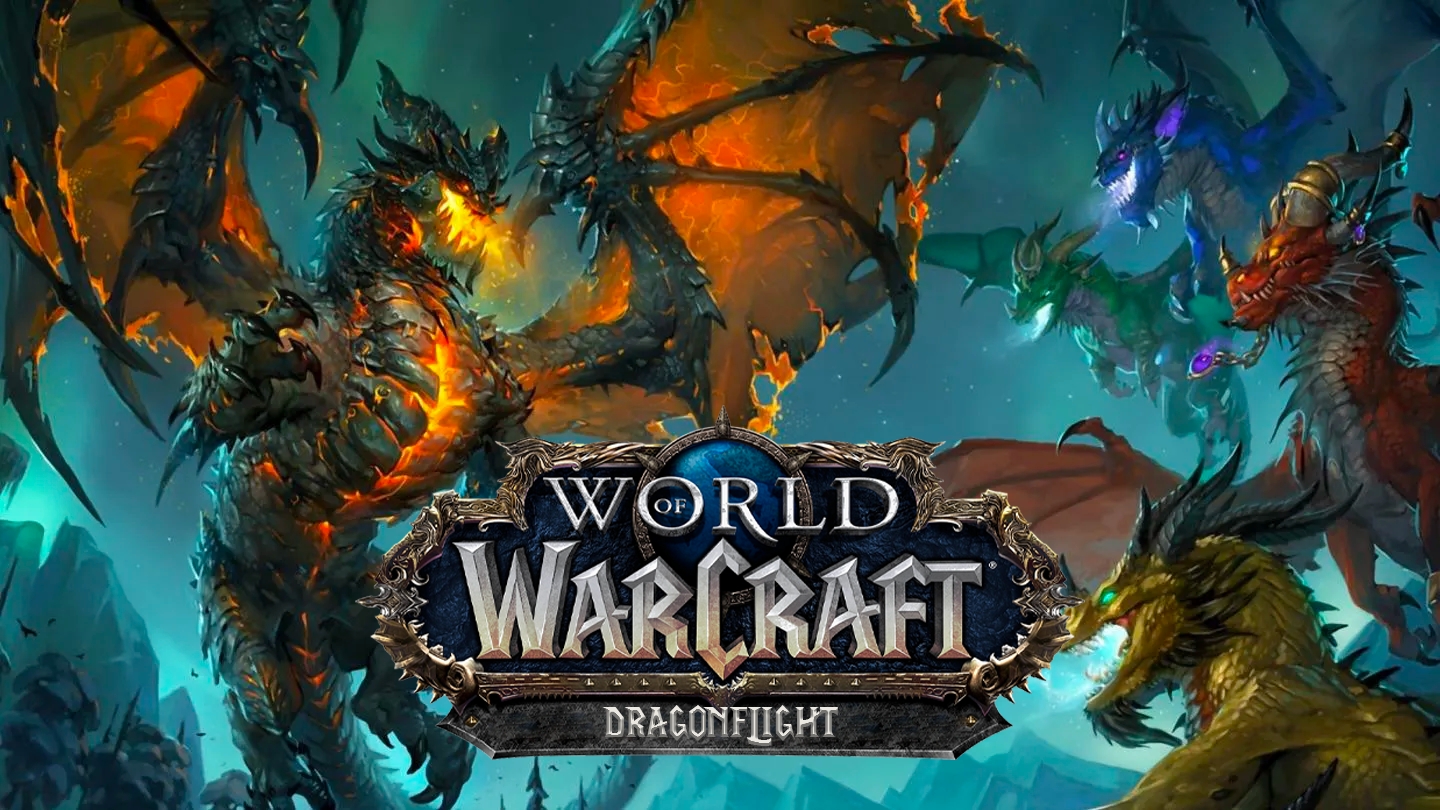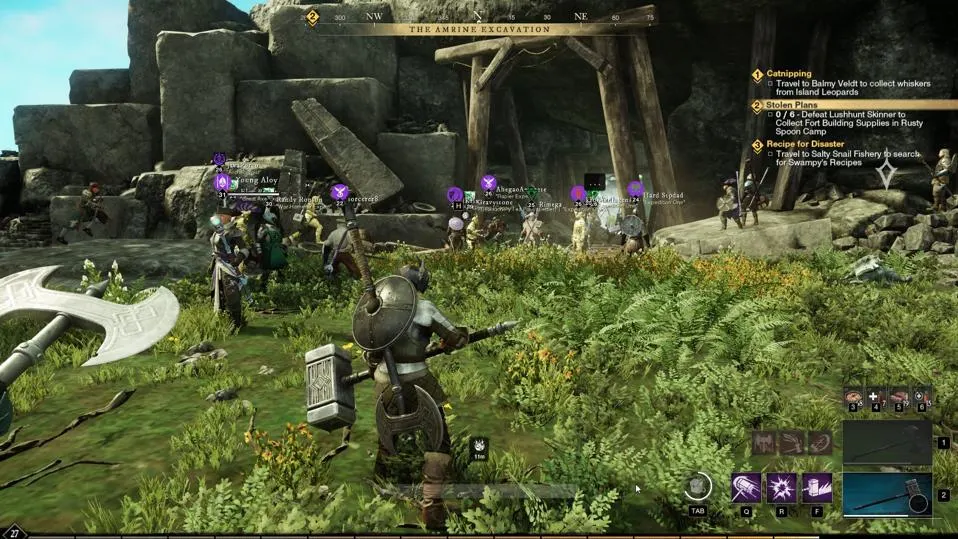Rust is a survival game that has captivated players with its intense gameplay and harsh realities. Developed by Facepunch Studios, Rust thrusts players into a post-apocalyptic world where survival is the primary goal. This review will delve into the core aspects of the game, exploring its mechanics, gameplay, and overall experience. With a focus on SEO optimization, this review will help you understand why Rust has become a staple in the survival genre.
Introduction to Rust
What is Rust?
Rust is a multiplayer survival game set in an open world where players must gather resources, build structures, and fend off threats from both the environment and other players. The game features a dynamic environment that requires players to adapt and strategize constantly. Rust’s emphasis on realism and survival mechanics sets it apart from other games in the genre.
The Development of Rust
Rust was initially released in early access in December 2013. Over the years, Facepunch Studios has continually updated the game, adding new features, improving graphics, and refining gameplay mechanics. The game’s development has been marked by significant community input and iterative changes, resulting in a robust and engaging experience.
Gameplay Mechanics and Features
Resource Gathering and Crafting
In Rust, resource gathering is crucial for survival. Players must collect materials like wood, stone, and metal to craft tools, weapons, and structures. The crafting system is extensive, allowing players to create a wide range of items, from basic tools to advanced weaponry. The game’s crafting mechanics require careful management of resources and strategic planning.
Building and Base Management
One of Rust’s standout features is its building system. Players can construct elaborate bases using various materials and components. Base-building requires strategic placement of structures and defenses to protect against raids from other players. The game’s building mechanics offer a high degree of customization, allowing players to create unique and functional bases.
Combat and PvP Dynamics
Combat in Rust is intense and unforgiving. Players can engage in both ranged and melee combat, using a variety of weapons and tactics. The PvP (player versus player) aspect of the game adds a layer of complexity, as players must not only contend with environmental threats but also other players who may attack or raid their bases. The game’s combat mechanics are designed to be challenging, requiring skill and strategy.
Graphics and Audio Design
Visuals and Environment
Rust features a detailed and immersive open world with diverse environments, including forests, deserts, and snow-covered mountains. The game’s graphics are designed to enhance the survival experience, with realistic weather effects and a day-night cycle that impacts gameplay. The visual design contributes significantly to the game’s atmosphere and immersion.
Sound Design and Music
The sound design in Rust plays a crucial role in creating a tense and immersive experience. The game features realistic sound effects, such as the crackling of fire, the rustling of leaves, and the distant sounds of gunfire. The audio design enhances the overall atmosphere and helps players stay alert to potential threats.
Community and Multiplayer Experience
Player Interaction and Cooperation
Rust’s multiplayer experience is defined by its player-driven interactions. Players can form alliances, trade resources, and collaborate on building projects. The game’s social dynamics are a key aspect of its appeal, as players navigate a world where trust and cooperation are essential for survival.
Raids and Server Dynamics
Raids are a significant part of Rust’s gameplay, where players can attack other bases to steal resources and gain an advantage. The game’s server dynamics can vary, with some servers focusing on PvP combat while others emphasize cooperative play. The variety of server types offers different experiences and playstyles.
Challenges and Criticisms
Steep Learning Curve
One of the main criticisms of Rust is its steep learning curve. New players may find the game overwhelming due to its complex mechanics and the harsh survival elements. The game’s difficulty can be a barrier for those unfamiliar with the survival genre.
Server and Performance Issues
Rust has experienced performance issues and server problems at various points in its development. While Facepunch Studios has made efforts to address these issues, players may still encounter occasional lag or server instability, which can impact the gameplay experience.
Rust Updates and Future Prospects
Recent Updates and Features
Facepunch Studios continues to update Rust with new content and features. Recent updates have introduced new gameplay mechanics, improved graphics, and additional customization options. The developers are committed to evolving the game based on player feedback and industry trends.
Future Developments and Roadmap
The future of Rust looks promising, with plans for further updates and enhancements. The developers have outlined a roadmap for future content, including new features, gameplay improvements, and ongoing support. The game’s continued evolution suggests that it will remain a significant player in the survival genre.
Conclusion
Rust offers a demanding and immersive survival experience that challenges players to adapt and strategize in a dynamic world. With its complex gameplay mechanics, detailed environment, and intense combat, Rust stands out as a significant title in the survival genre. Despite its challenges and criticisms, the game’s ongoing updates and dedicated community contribute to its enduring appeal. Whether you’re a seasoned survivalist or a newcomer to the genre, Rust provides a compelling and engaging experience that keeps players coming back for more.
FAQs About Rust
What is Rust’s main objective?
Rust’s main objective is to survive in a hostile environment by gathering resources, building structures, and defending against threats. Players must manage their needs, such as hunger and health, while navigating a dynamic and dangerous world.
How does Rust handle player progression?
Rust does not have a traditional leveling system. Instead, player progression is based on acquiring resources, crafting items, and building a base. The game’s progression is tied to the player’s ability to adapt and thrive in the game’s challenging environment.
Can players play Rust solo?
Yes, Rust can be played solo, but it can be more challenging compared to playing with a group. Solo players must manage all aspects of survival on their own, which can be difficult given the game’s complexity and the presence of other players.
What are the system requirements for Rust?
Rust requires a relatively powerful PC to run smoothly. The minimum system requirements include an Intel Core i7-4690 or AMD Ryzen 5 1600, 8 GB of RAM, and a graphics card such as the NVIDIA GeForce GTX 670 or AMD Radeon R9 280. For optimal performance, higher specifications are recommended.
How can players avoid getting raided?
To reduce the risk of being raided, players can take several measures, including building strong defenses, creating hidden stashes, and forming alliances with other players. Effective base design and strategic planning can help protect valuable resources.



